Endometriosis is a health condition that usually affects women in their reproductive years. The various symptoms associated with endometriosis may have a very disruptive impact on your life and it is associated with infertility. The following is a discussion of the types of endometriosis therapy methods available today.
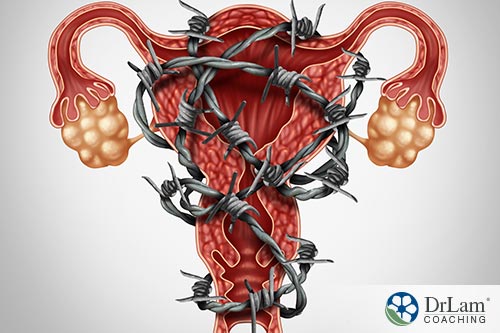 Endometriosis results when endometrial cells, which normally line the inside of your uterus, form outside the uterus. These growths of endometrial cells outside the appropriate location are called endometrial implants. Nobody knows why this happens exactly, although there is much speculation. What is known is that the condition is more prevalent in women with fertility issues.
Endometriosis results when endometrial cells, which normally line the inside of your uterus, form outside the uterus. These growths of endometrial cells outside the appropriate location are called endometrial implants. Nobody knows why this happens exactly, although there is much speculation. What is known is that the condition is more prevalent in women with fertility issues.
Approximately 10% of women have endometriosis. Up to 40% of women who have the condition experience fertility issues and may need endometriosis therapy. It is believed that hormonal issues and scarring in the reproductive region of a woman’s body may have something to do with it.
Many women do not get endometriosis therapy or do not even realize they have the condition because they show no symptoms. Those that do have symptoms may experience the following issues:
These symptoms may or may not indicate endometriosis or suggest the need for endometriosis therapy. For example, pelvic pain may also occur in healthy women during menstruation. A healthcare practitioner may suspect you have the condition due to your particular pattern of symptoms or by an examination, but a laparoscopy is usually performed to definitely identify the condition.
Please take note that the severity of your symptoms does not indicate the severity of endometriosis. You could suffer from severe endometriosis and experience very little to no discomfort at all. It is different for every woman with the condition.
The best course of action if you suspect this condition is regular checkups so that your healthcare provider can monitor your health.
There is no endometriosis therapy available that completely resolves the condition. Instead, most endometriosis therapies address different symptoms or work to enhance your fertility.
Certain hormones may relieve pain and reduce the size of endometrial growth while suppressing the estrogen production in your ovaries. The result is similar to menopause and may result in the end of your menstrual period. This may result in:
You may be advised to make use of a progesterone supplement to help rectify the situation. A hormonal imbalance may also negatively affect your health in other ways and increase symptoms of adrenal fatigue if you are suffering from the condition.
Although not a hormone, a synthetic drug that promotes higher androgen (a male hormone) and lowers estrogen levels is also often suggested as an endometriosis therapy. Known as Danocrine, the drug may help with endometriosis implant shrinkage while providing pain relief.
This drug does negatively affect approximately three-quarters of women who, when on Danocrine, experience some potentially serious side effects. These include:
While many of these negative side-effects may be reversed after a few months after stopping this therapy, the change in voice pitch does not. Because of these side effects, as well as negative effects on women suffering from heart, kidney, and liver conditions, the use of this product is strictly limited.
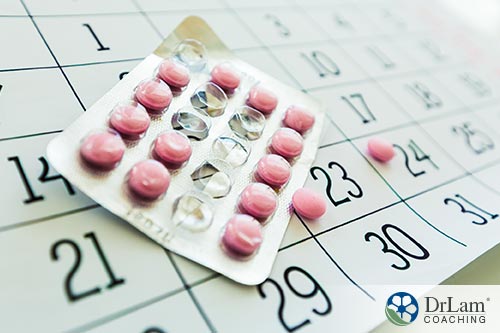 Oral contraceptives have been used as a means of endometriosis therapy through the continued use of the pill and skipping the placebo portion. In so doing, menstruation stops. The idea is to stop menstruation so that the endometrial lining does not grow or cause pain during menstruation. Constant use of oral contraceptives in this manner may possibly result in nausea, weight gain, an end to menstruation, and tenderness in the breast area.
Oral contraceptives have been used as a means of endometriosis therapy through the continued use of the pill and skipping the placebo portion. In so doing, menstruation stops. The idea is to stop menstruation so that the endometrial lining does not grow or cause pain during menstruation. Constant use of oral contraceptives in this manner may possibly result in nausea, weight gain, an end to menstruation, and tenderness in the breast area.
Women unable to use oral contraceptives or who suffer adverse reactions from these pills may often use progestins. Progestins are stronger than birth control pills but also have possible side effects that include weight gain, bloating, tender breasts, and depression, amongst others.
Pain medications like ibuprofen could potentially help you deal with the pain caused by the condition although they do not work for everyone.
There are two types of surgery you could consider, depending on whether you still wish to get pregnant or not.
If you wish to get pregnant, and the therapies mentioned above do not work, your healthcare practitioner may suggest a laparoscopy. This minimally invasive type of surgery that is used to make an accurate diagnosis of endometriosis could also be used to remove some endometrial tissue. It does this by either burning the tissue or surgically removing it. The use of lasers makes the process much easier.
If you do not wish to have children in the future, and also as a last resort when no other endometriosis therapy helps, a full hysterectomy may be suggested. The removal of both your uterus and cervix results in lower estrogen production. The latter may be the cause of endometrial tissue growth. This surgical procedure also usually involves the removal of any endometrial implants. However, there are side effects to this procedure, so it is important to do your research before making this choice.
While there are no certain causes of endometriosis known, several theories exist.
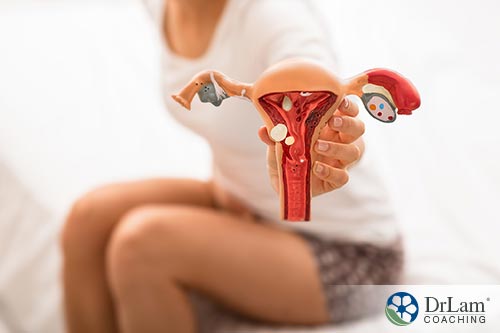 Endometrial cells may, during a cesarean section, leak into your pelvic area via a scar arising from the surgery. This may result in endometrial tissue growing in the area.
Endometrial cells may, during a cesarean section, leak into your pelvic area via a scar arising from the surgery. This may result in endometrial tissue growing in the area.Due to the lack of symptoms and difficulty identifying endometriosis, it is unknown how many women suffer from endometriosis, although it may affect up to 18% of women in the USA alone. Furthermore, around 40% (or even more) of women struggling to conceive may have the condition, while about 80% of women who have pelvic pain may also end up undergoing endometriosis therapy as this is one of the main symptoms.
Please note that postmenopausal women seldom have the condition.
Women most at risk of developing endometriosis include:
Three of the most important female hormone-producing organs in your endocrine system are the ovaries, adrenal glands, and thyroid. Their function is also affected by stress and your body’s NeuroEndoMetabolic (NEM) Stress Response.
Your NEM stress response, to a large extent, results in hormone fluctuations throughout your body. This is mainly due to the large quantities of adrenal hormones, i.e. cortisol and adrenalin, coursing through your body during stress. Stress may also cause a decrease in the production of other hormones and body functions not believed essential to life during the period of stress. Your ovaries and thus estrogen production is also affected. In theory, everything should return to normal once stress ceases.
However, long-term stress results in a continued NEM response, affecting all these hormones and body systems and making it hard for your body to rest and repair.
If you have endometriosis, the impact is two-fold. For example, the condition itself may cause stress on your body that may increase your body’s NEM response on the one hand. On the other hand, an endometriosis therapy that focusses on addressing the symptoms of the condition may also cause a hormonal imbalance. Many symptoms of a hormonal imbalance are also present with adrenal fatigue and include, amongst others:
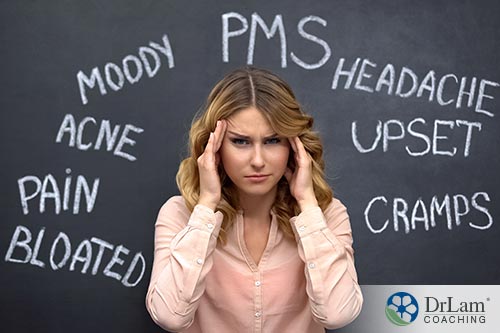 Depression
DepressionYou cannot prevent endometriosis, nor can you fix it. Besides considering appropriate endometriosis therapy, you could also consider looking into your adrenal health. In so doing, you may help your body to better manage your hormone production and the impact on your body. A good place to start is by making appropriate dietary and lifestyle changes.
While you may not be able to do anything to cure endometriosis, you may be able to help yourself reduce the symptoms or decrease your chances of getting the condition. If you are looking for natural endometriosis therapy, please consider the following options.
The first step when it comes to dietary changes is to eliminate inflammatory and high-estrogen foods. This includes foods containing caffeine, dairy, and refined sugar as well as processed foods, soy, and alcohol.
According to research, women with a diet high in green vegetables and fresh fruit have a reduced risk of developing endometriosis. Good food choices to consider include spinach, chard, beans, almonds, sunflower and pumpkin seeds, figs, blueberries, broccoli, pineapple, ginger, quinoa, and many others.
Numerous natural supplements help address endometriosis symptoms, have antioxidant properties and help with detoxification, or help with balancing your body’s hormone levels. Amongst the many supplements to consider, great choices include milk thistle, vitamin B complex, vitamin B6, vitamin A, vitamin C, vitamin E, folic acid (vitamin B9), chromium, zinc, calcium, Evening Primrose Oil, and Omega-3. You could also consider natural progesterone.
The proper type of exercise may help modulate hormonal imbalance and even increase your body’s natural pain relievers. These natural pain relievers, or endorphins, help fight depression and lift your mood.
A good exercise routine also helps to increase your flexibility and cardiovascular health while strengthening muscle tissue and ligaments. It should also include some strength training for most people.
There are many external estrogen sources that could impact your chances of experiencing endometriosis. Research and avoid sources of xenoestrogens in your environment. These could include, amongst many others:
Over sixty percent of the adult American population is overweight. Estrogen is produced in fat cells. High estrogen levels and endometriosis tend to go hand in hand. You are considered overweight if your body mass index (BMI) is over 25. If your BMI is over 29, you are obese.
The first thing you need to do if you are overweight is to decrease your daily calorie intake. You should follow this with a healthier diet and getting enough exercise.
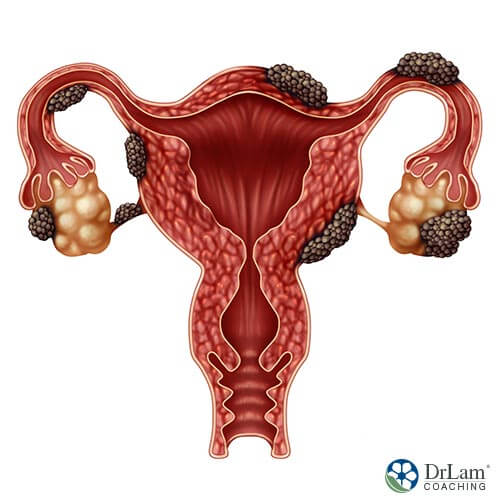 Nobody knows why some women get endometriosis. Nor is there any definite cure. The only positive takeaway is that the condition seems to go away once a woman reaches menopause.
Nobody knows why some women get endometriosis. Nor is there any definite cure. The only positive takeaway is that the condition seems to go away once a woman reaches menopause.
If you are suffering from endometriosis and are on endometriosis therapy to target the symptoms of the condition, these are some of the things you can do.
If you would like to know more or need more assistance with endometriosis and a possible endometriosis therapy, the team at Dr. Lam Coaching can help. We offer a free, no-obligation phone consultation at +1-626-571-1234 where we will privately discuss your symptoms and what your options are. You can also send us a question through our Ask The Doctor system by clicking here.
© Copyright 2021 Michael Lam, M.D. All Rights Reserved.
A hormone imbalance is often one of the side-effects of adrenal fatigue. Depending on the endometriosis therapy, it may help to address a possible hormone imbalance, and thus help address possible hormone issues resulting from adrenal fatigue. Living a healthy lifestyle with adequate exercise, rest, and nutritious foods is the best way to help both conditions.
